Blog: The Million Dollar Case Study Session #16: Updates and Q&A with Greg
The Million Dollar Case Study Session #16: Updates and Q&A with Greg
If you think back to just a few months ago, the Million Dollar Case Study was an abstract project aiming to show you the exact steps of how to launch a successful Amazon business. Well, with our Jungle Snugs listing now live on Amazon, things got real all of a sudden!
In this special session, Greg reviews the product to date, and addresses live audience questions. If you want to see the highlights of how we got to this point, check out the Million Dollar Case Study Overview page and you can also register for future sessions if you are not already.
Here is a full recap of Session 17, where Greg offers some inspiring and insightful wisdom to help Amazon sellers push through roadblocks to continue growing and building their Amazon business:
And the slides that Greg reviewed:
Update: Our Professional Images Are Completed!
Thanks to Robert at ProductPhotography.com for generously donating his services to the case study. Robert also helped with the Jungle Stix product images, and offers a great service. Reasonable prices, great communication, detail-oriented, and most importantly, great product images!
Here is a sample of some of the results (we will have our blue and pink towels photographed and included as well):
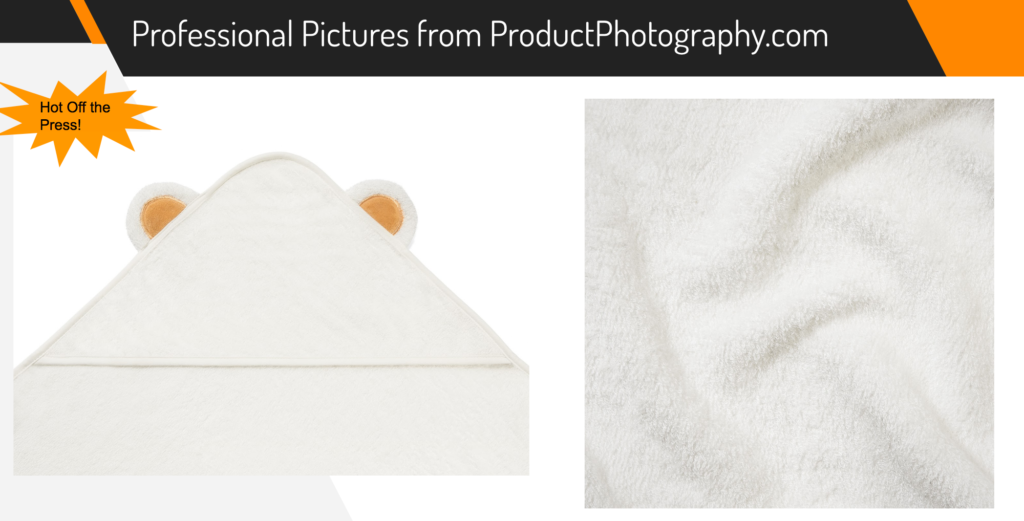
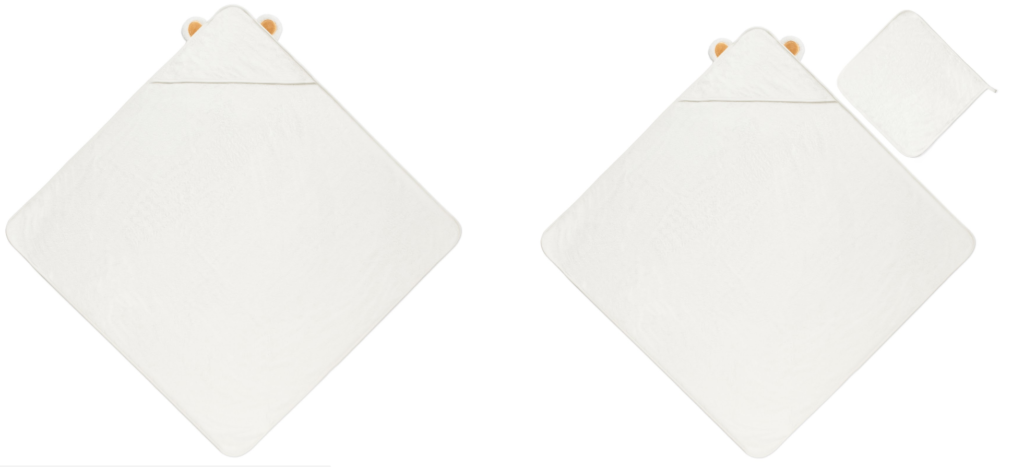
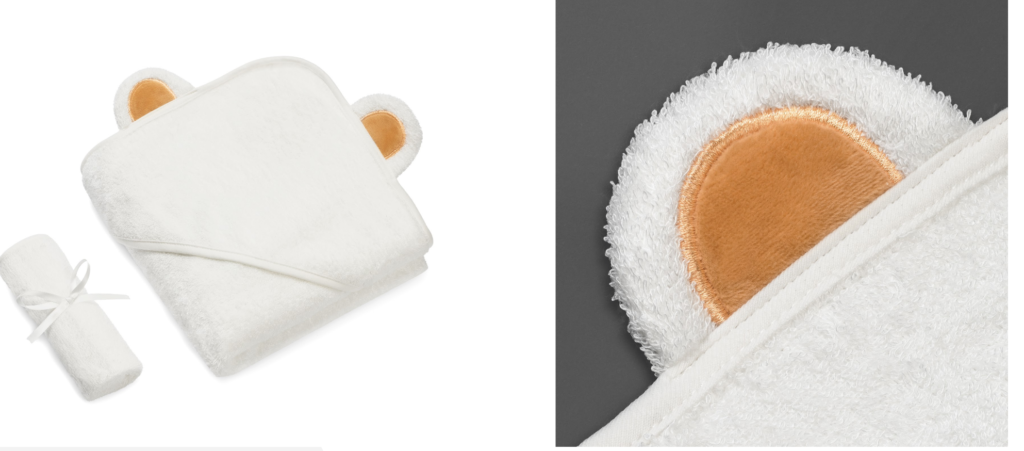
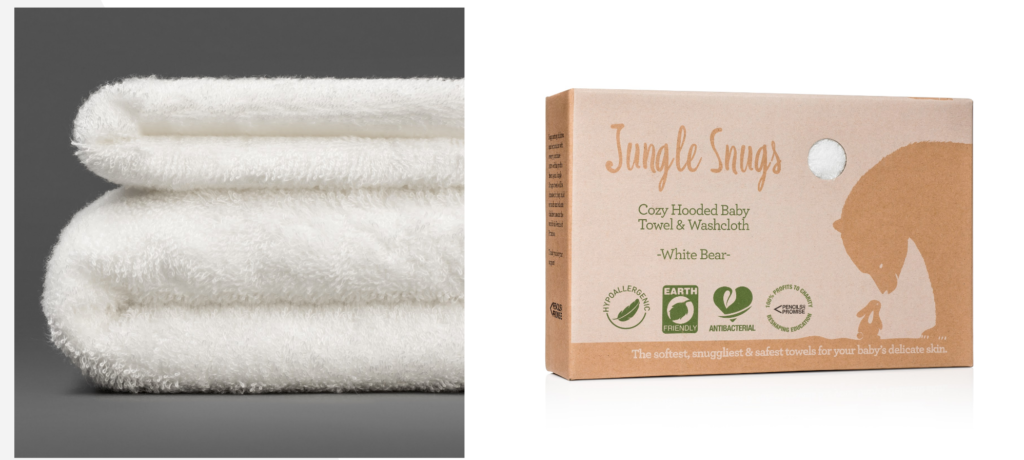
We will have more content on our product images in the near future. Additionally, we will have lifestyle images completed by the end of the week.
The existing listings for baby hooded towels have great images of happy babies showing how the towels are used, and more importantly, what the benefits of the towel are: soft, safe, and the catalyst for happy babies.
I am in the unique fortunate position to have a baby to actually use Jungle Snugs, though unfortunately my photography “skills” don’t do the product justice.
Details on the Unit Economics of Jungle Snugs
Here is a great overview of what the unit economics of Jungle Snugs look like:
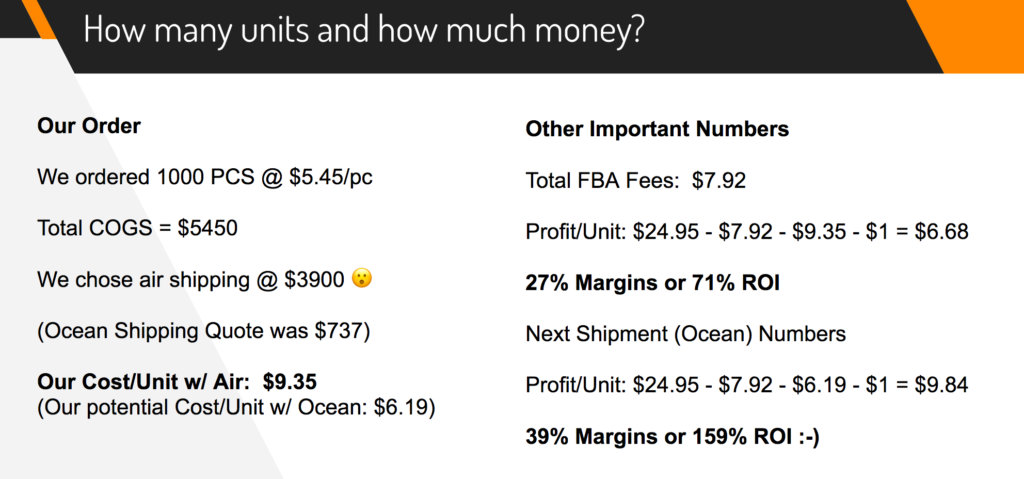
As you can see, the costs vary dramatically depending on whether the importing method was ocean or air. The obvious benefit of importing via Air is the time saved: one week by air, as opposed to 30 days (and the accompanying paperwork) by ocean.
For the purposes of maintaining momentum with the case study, Greg opted for air shipping. However, once the flywheel is in motion and there is more time, the costs decrease for each unit sold, and consequently the profits increase.
What About If You Want To Start With Less Money?
If you consider the unit costs of $5.45 per unit, multiplied by the 1000 units, the costs can add up quickly.
For those who are new to selling on Amazon, or want to get started on smaller budgets, there were a few suggestions to start with a smaller budget:
- Start with a smaller order: You don’t necessarily need to start with a 1000 unit order to start, as Greg did. Alternatively, an initial order of 200 units would have cost around $1000, and would still allow for a full product launch (including giving away products to get initial reviews).
- Start with a less expensive product: There are plenty of product opportunity ideas for products that cost a dollar or two—fidget spinners, anyone? That’s a good way to generate smaller profits per unit sold, but presumably at higher volumes overall.
- Start with 1 variation: Jungle Snugs launched with three variations, one white, blue, and pink version. Alternatively, we could have done just one color and spent a third of the initial investment.
- Pick the cheapest shipping option: For small, lightweight products, air may indeed be the cheapest. But for bulkier products, ocean is the most cost-efficient.
Regulations and Testing
With a higher-profile launch like we are doing with the Jungle Snugs, we want to make sure that every regulation and requirement is met to the fullest extent. Well, in reality we would always want to follow the rules! But this time, there are a lot of people asking about the requirements and what it entails. The details are simple: Greg contacted Asiainspection.com, specified that we wanted to meet every regulation and test necessary for baby products.
And these are the costs and tests that were conducted:
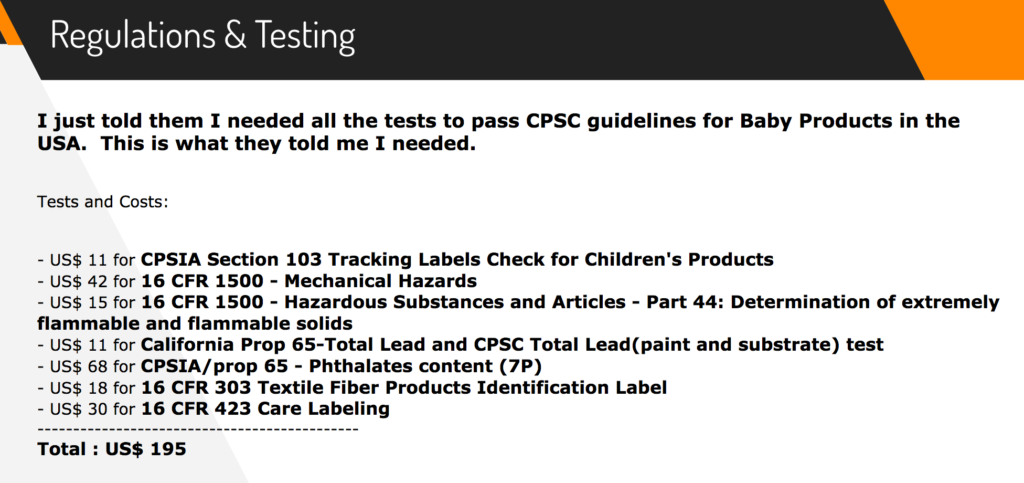
Next Steps
Here's what our next steps are going to look like over the coming weeks:
- Add Lifestyle Images: Lifestyle images are going to be important to communicate the benefits of the product and ultimately bring it to life in an aspirational way. Within the next week, we will have cute baby photos, maybe a mom and dad holding a baby, and add that to the listing to ideally improve the conversion rate of people who land on our product page.
- More design work on the images to highlight our main differentiating factors: we’ll add graphics to make it very clear that Jungle Snugs are thicker, larger, include a wash cloth, and make babies happier than the alternative products!
- Check PPC: We currently have pay per click campaigns running—an automatic campaign and a manual campaign. We will pull the search term report and include some of the highest converting keywords and include those in our listing.
- Email Campaigns: Our follow up email campaigns to customers who purchase Jungle Snugs have not been set up. Those will get set up ASAP so we can increase the likelihood of every sale turning into a product review.
- Set up A/B Tests: Split testing our listing will be important to improving our keyword ranking and conversion rate. The main image and price will be the first priorities to test with Splitly.
Questions For Greg: Open Q&A
Now this is the fun part – questions for Greg. Through 16 sessions, there has been a lot of ground covered, and naturally a lot of questions from those following the case study.
Let’s get into it!
How long should a product be on Jump Send for a successful product launch?
Greg plans to keep Jungle Snugs up on Jump Send until promotional sales are no longer needed to support organic sales from coming in.
Can you please give the metrics for European markets when determining the depth of the niche. You said roughly 3000 sales/product for the US market but how about EU markets?
Greg suggests that the 3000 sales per product niche on Amazon US can be reduced to 1000 to 2000 sales per month for a European market.
Is it worth selling a product that has multiple items on the first page with less than 50 reviews but also some that have multiple hundred and even thousand reviews. I know the demand is high for this product… and even if i get on the bottom of the first page I should make decent revenue. What are your thoughts on this?
Ideally you want to find a product that has a lot of demand, but with You want to find a product that has the most demand, with the least number of reviews. The product may be a winner, but there are a few dominant sellers already in the niche, so it may be wiser to find another opportunity where it would be easier to break into the top 10 sellers for the product.
My question is about applying the JS tools to validate an opportunity for a NEW private label product that doesn’t exist yet. What rules should I apply ?
Don’t sell a product that doesn’t have existing demand on Amazon. If it’s “new” because it has better features for a product that has existing demand, then that is a different story and your product can get discovered by people searching for your product. However, if it is a completely new product category and people don’t know about it or how it works, it is much harder to be discovered on Amazon and your likelihood of success is far lower than if you sold a product with existing demand.
I have a 400pcs of slow moving inventory. What are your best practices in such a situation? (I don’t want to scrap the inventory yet.)
The ultimate goal here is to increase sales velocity. There are two ways that you could do this: optimize the listing with A/B tests (testing a different main image and price are a good place to start). The other way to boost sales velocity is by running promotions—set up a discount in Seller Central and put it up on a deals site like Jump Send to get sales and an improved Best Seller Rank.
Being such a public product launch, how has that impacted competition? Have others duplicated your efforts under their own brand for this product?
Competition is a given, especially in a marketplace like Amazon where there are many similar variations of the same product. Baby hooded towels are no different. However, it is the nature of business in general to have competition, and that should not deter you from starting a venture or selling a product. Amazon is a huge marketplace with vast demand.
If you were starting today would you choose a European market which is less saturated that the US?
Greg recommends starting in whichever marketplace offers the least resistance to get started. From there, you will learn how the process works, reinvest the profits into the business, and can expand to larger more active marketplaces. If for example you are in Australia without a local Amazon marketplace, you can try selling in the US where the demand is greatest, or countries like the UK or Germany which have solid demand and less competition.
How can you protect yourself from your supplier selling your product to your competition?
The short answer: you can’t. However, as mentioned above, Amazon is not a zero-sum-game, and there is extensive demand where there is enough to go around. Considering that your suppliers are in the business of selling their manufactured products, it is to be expected that they will sell baby hooded towels to other sellers looking to capitalize on the opportunity. If we can focus on the fundamentals of creating a high-quality product, a robust and optimized listing, and complete produt launch, then the rest will take care of itself.
Once you have the hang of selling on Amazon, what’s your rule of thumb on starting again?
As soon as you have confidence in the process of finding product opportunities and doing product research, then the best way to grow an Amazon business is by adding more SKUs. Greg is an advocate of selling whatever is working, not necessarily a product that is related to the other products you are selling. On Amazon, people are just searching for what they want to purchase, so there is no competitive advantage to selling another product under the Jungle Snugs brand, for example. So to answer the question, start selling a new product as soon as you are comfortable doing so, as that is the best lever to grow an Amazon business.
What is your technique for pricing?
Pricing is a tricky thing, and ultimately no one has any idea of how to price from the outset. There is no certainty to determining what a customer’s willingness to pay is, but perhaps most helpful to use competitive analysis to identify a good starting price. From there, it is best to run various pricing tests (Splitly’s Profit Peak is a simple way to automate the process of finding a price point in a data-driven manner).
What can someone do to start selling on Amazon?
A great first step is to follow the process of the Million Dollar Case Study! All of the previous webinars, slides, and takeaways can be found here. There are no hidden tricks or shortcuts, outside of persistently moving forward, one step at a time: finding product ideas, finding suppliers, getting the product to Amazon, and running efficient marketing campaigns (email follow up campaigns, pay per click campaigns, and split tests).
Next Steps
Next week, Greg is joined by Fetcher’s Shane Stinemetz, to review the most important parts of the Seller Central Dashboard. We will uncover which metrics are most important to understand the health of an Amazon business.
Seller Central can be confusing, inefficient, and downright frustrating. However, there are incredibly important business metrics buried in various parts of the reports. Understanding these can be important in identifying how to grow an Amazon business. Shane will highlight how to maneuver around Seller Central to analyze the true health of your Amazon business.
REGISTER FOR THE MILLION DOLLAR CASE STUDY